Home>diy>Building & Construction>What Is The Process Of Building A Custom Home
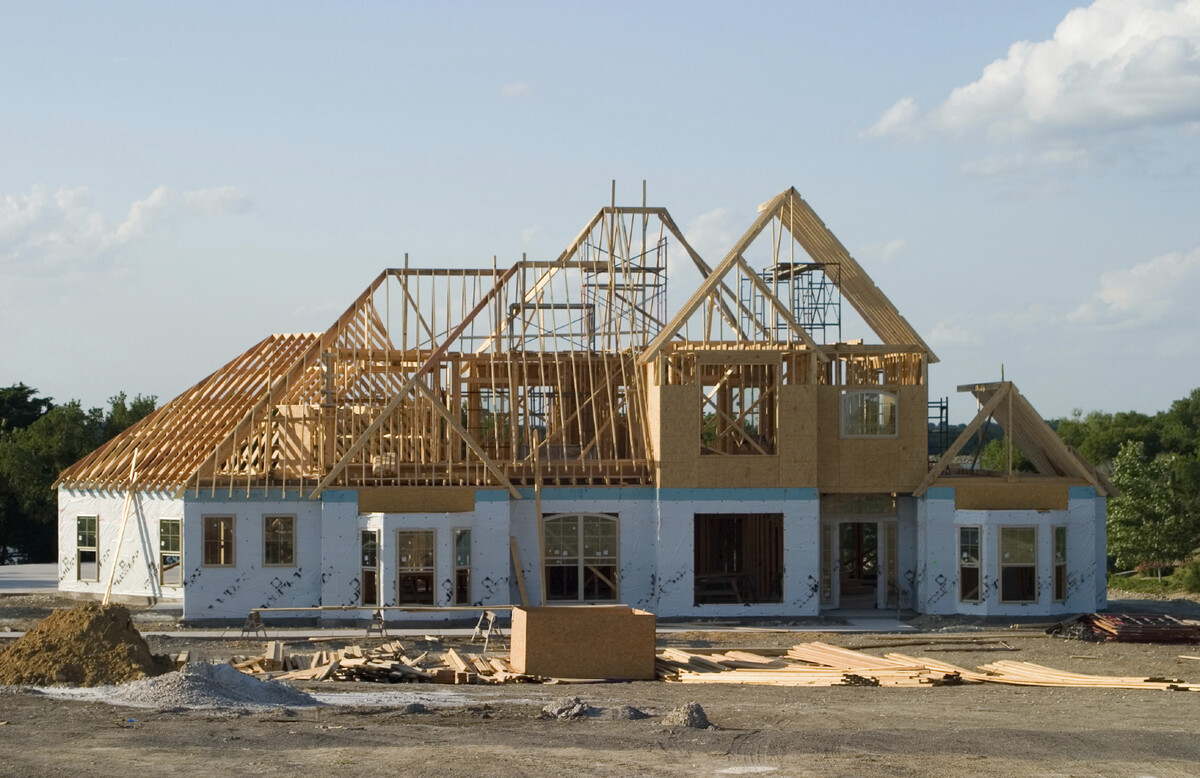

Building & Construction
What Is The Process Of Building A Custom Home
Modified: August 17, 2024
Learn about the step-by-step process of building a custom home with our expert guide. From design to construction, we cover everything you need to know about building a dream home.
(Many of the links in this article redirect to a specific reviewed product. Your purchase of these products through affiliate links helps to generate commission for Storables.com, at no extra cost. Learn more)
Introduction
Building a custom home is an exciting and rewarding experience that allows you to create a living space tailored to your exact specifications. From the initial planning stages to the final touches, the process of building a custom home requires careful consideration and meticulous attention to detail.
Unlike purchasing an existing home, where you have limited control over the layout and design, building a custom home gives you the freedom to create a space that reflects your unique style and meets your specific needs. Whether you dream of a modern architectural masterpiece or a cozy traditional cottage, the possibilities are endless when building from scratch.
However, the process of building a custom home can be complex and overwhelming without proper guidance. That’s why it’s important to understand the step-by-step process and the considerations involved in each stage.
In this article, we will dive into the process of building a custom home, taking you through each step from initial planning to move-in day. By understanding the process, you will be better prepared to embark on your journey of building the home of your dreams.
Key Takeaways:
- Building a custom home involves meticulous planning, finding the perfect land, selecting a reputable builder, and overseeing the construction process to create a unique living space tailored to your vision and lifestyle.
- Throughout the journey of building a custom home, patience, flexibility, and open communication with professionals are essential. The end result is more than just a structure; it’s a reflection of your individuality and a sanctuary for lasting memories.
Read more: How To Build Custom Closet
Step 1: Initial Planning
The first step in building a custom home is the initial planning phase. This is where you lay the groundwork for your project and make important decisions that will shape the rest of the process.
During this stage, you will need to determine your budget, gather design inspiration, and identify your specific needs and preferences. It’s important to carefully consider factors such as the size of the home, the number of bedrooms and bathrooms, the layout, and any special features or amenities you want to include.
Working with a reputable architect or residential designer can be invaluable during the initial planning phase. They can help you translate your vision into concrete plans and offer expert advice on design, functionality, and construction feasibility.
Additionally, you will need to ensure that your land is suitable for building. This may involve conducting a feasibility study to assess the site’s soil conditions, drainage, and any potential challenges that may arise during construction. It’s crucial to address any potential issues upfront to avoid delays or additional costs later in the process.
Another important aspect of the initial planning phase is securing financing for your custom home project. Whether you choose to work with a lender or use personal funds, obtaining a pre-approval or pre-qualification for a construction loan is essential. This will give you a clear understanding of your budget and ensure that you can proceed with the construction process smoothly.
Throughout the initial planning phase, effective communication with all involved parties is key. This includes your architect, builder, and any other professionals you are working with. Clearly conveying your goals, preferences, and budget will facilitate a smoother and more efficient process as you move forward.
By taking the time to thoroughly plan and prepare in the initial stages, you set a solid foundation for the construction of your custom home. This paves the way for a successful and satisfying building experience.
Step 2: Finding and Purchasing Land
Once you’ve completed the initial planning phase of your custom home project, the next step is finding and purchasing the perfect plot of land. The location and characteristics of the land can greatly impact the design and overall cost of your home, so it’s important to carefully consider your options.
One of the first factors to consider when searching for land is the location. Think about your desired proximity to schools, work, amenities, and any other important facilities or services. You may also want to think about the overall neighborhood and the potential for future development and appreciation of the property.
Working with a real estate agent who specializes in land can be invaluable during this process. They can help you find suitable options that align with your budget, preferences, and desired location. Additionally, they can guide you through the purchasing process and help you navigate any legal or regulatory considerations.
When evaluating potential properties, it’s important to consider factors such as zoning regulations, topography, access to utilities, and any potential environmental constraints. Conducting a thorough due diligence process, including site visits and investigations, will help you make an informed decision.
Once you’ve found a suitable piece of land, the next step is to negotiate the purchase price and finalize the transaction. It’s advisable to consult with a real estate attorney who can review the purchase agreement and ensure that all legal aspects of the transaction are handled properly.
During the land purchase phase, it’s also important to consider any future development costs that may be incurred. This includes expenses such as site preparation, utility connections, and any necessary permits or fees.
By taking the time and effort to find and purchase the right piece of land, you lay the foundation for a successful custom home project. The land you choose will serve as the canvas upon which your dream home will be built.
Step 3: Design and Architectural Planning
Once you have secured your desired plot of land, it’s time to dive into the exciting phase of design and architectural planning for your custom home. This step is crucial as it sets the aesthetic and functional framework for your dream residence.
Collaborating with an architect or residential designer is essential during this stage of the process. They will work closely with you to understand your vision, lifestyle, and specific requirements. Together, you will create a design concept that encompasses all your desires for the layout, style, and features of your custom home.
The design and architectural planning phase involves developing detailed floor plans, elevation drawings, and potentially 3D renderings or virtual walkthroughs of the proposed design. These visual representations allow you to better envision how your home will look and feel once it’s built.
During this stage, it’s important to consider the flow and functionality of the space. Think about factors such as room sizes, ceiling heights, natural light, and the integration of any specific design elements or technologies you desire.
In addition to the overall design, take time to select the materials and finishes that will be used in your home. This includes flooring, countertops, cabinetry, fixtures, and other interior and exterior elements. Working with a design professional or interior designer can help you make informed decisions and ensure a cohesive and visually appealing aesthetic.
It’s also crucial to think about sustainability and energy efficiency during the design process. Incorporating green building practices and utilizing eco-friendly materials can help reduce your home’s environmental impact and potentially save on energy costs in the long run.
Throughout the design and architectural planning phase, maintain open communication with your architect or designer. Regular meetings and clear feedback will help refine and finalize the design. Remember, it’s essential to strike a balance between your desired design aesthetic and the practical aspects of construction feasibility and budgetary considerations.
By investing time and effort into the design and architectural planning phase, you ensure that your custom home is a true reflection of your style and preferences. This step sets the stage for bringing your dream home to life.
Step 4: Obtaining Permits and Approvals
Before construction can begin on your custom home, it is necessary to navigate the process of obtaining permits and approvals from the relevant authorities. This step ensures that your project adheres to local building codes, regulations, and zoning laws.
The specific permits and approvals required can vary depending on your location and the scope of your project. However, common permits include building permits, plumbing permits, electrical permits, and HVAC permits. Additionally, you may need special permits or approvals for features such as swimming pools, decks, or accessory structures.
Working with your architect or builder, you will compile and submit the necessary documents and plans to the responsible permitting authority. These documents typically include your architectural plans, engineering specifications, and any relevant supporting documentation, such as site surveys or environmental impact assessments.
Obtaining permits and approvals can be a time-consuming process, as it involves review and assessment by the local building department. The review period can take several weeks or even months, depending on the workload of the department and the complexity of your project.
It’s crucial to follow the guidelines and requirements outlined by the permitting authority to ensure a successful approval process. In some cases, modifications or adjustments may be necessary to meet the code or zoning requirements. Your builder or architect will work with you to address any issues and make the necessary revisions.
Once you have obtained all the necessary permits and approvals, you can proceed with confidence to the construction phase of your custom home project. Securing permits and approvals not only ensures compliance with regulations but also provides peace of mind that your home is being built safely and in accordance with all legal requirements.
Keep in mind that it’s important to budget for permit fees and any associated costs when planning your custom home project. These fees can vary depending on your location and the nature of your project, so it’s advisable to consult with your builder or architect to estimate these expenses accurately.
By successfully navigating the process of obtaining permits and approvals, you can move forward with confidence, knowing that your custom home project has met all necessary legal and regulatory requirements.
Read more: What Is The Construction Process
Step 5: Selecting a Builder
Selecting a builder is a critical step in the process of building your custom home. The builder you choose will be responsible for bringing your vision to life and ensuring that the construction process runs smoothly from start to finish. It’s essential to find a builder who understands your needs and has a track record of delivering high-quality craftsmanship.
One of the first steps in selecting a builder is conducting thorough research. Seek recommendations from friends, family, or colleagues who have built custom homes in the past. You can also consult with local industry associations or professional organizations for a list of reputable builders in your area.
Once you have a list of potential builders, schedule meetings or consultations to discuss your project and gauge their level of expertise and compatibility. During these meetings, ask about their experience, qualifications, and portfolio of past projects. Inquire about their approach to communication, project management, and any unique features or specialties they may offer.
Obtaining references from previous clients is also crucial. Reach out to homeowners who have worked with the builder to gain insights into their experience, satisfaction, and the overall quality of the builder’s work.
Additionally, verify that the builder is properly licensed, insured, and bonded. This provides assurance that they are operating legally and have the necessary protection in place to cover any potential issues or liabilities.
When selecting a builder, consider their level of transparency and willingness to work within your budget. A reputable builder will be upfront about costs, timelines, and any potential challenges that may arise during the construction process.
It’s also important to enter into a written contract that clearly outlines the scope of work, specifications, payment terms, and any warranties or guarantees offered by the builder.
Remember, communication and trust are paramount when working with a builder. Choose someone who listens to your ideas, provides clear updates, and addresses any concerns promptly and professionally.
Selecting the right builder may take time, but it is a crucial investment in the success of your custom home project. By conducting thorough research, seeking recommendations, and considering factors such as experience, reputation, and communication, you can find a builder who will bring your dream home to life with skill and craftsmanship.
Step 6: Construction and Foundation
Once you have selected a builder and the necessary permits and approvals are in place, it’s time to begin the construction phase of your custom home. This stage involves the actual building of the structure, starting with the foundation.
The foundation is a critical component of any home, as it provides stability and support for the entire structure. The process begins with site preparation, which may involve clearing the land, leveling the area, and excavating for the foundation.
Next, the foundation walls are constructed, typically using concrete or masonry materials. The type of foundation will depend on various factors, including local building codes, soil conditions, and the design of your home. Common foundation types include slab-on-grade, crawl space, and basement foundations.
Once the foundation is complete, the construction process moves on to the framing stage. This involves the installation of the structural framework of the home, including walls, roof trusses, and floor systems. The framing phase is a crucial step in creating the shape and structure of your custom home.
During the framing stage, other components such as windows, doors, and exterior finishes may also be installed. This helps to protect the building from the elements and allows for work to continue within a controlled environment.
After the framing is finished, the next step is to secure the home with roofing materials. This includes installing the roof coverings, insulation, and any necessary ventilation systems.
Once the home is enclosed and protected from the outside elements, the focus shifts to the installation of electrical, plumbing, and HVAC (heating, ventilation, and air conditioning) systems. These systems are essential for the comfort, functionality, and safety of your custom home.
Throughout the construction process, it’s important to maintain open communication with your builder and regularly visit the site to monitor progress. This allows you to address any concerns or make adjustments as needed.
Quality control and inspections play a vital role during the construction phase. Your builder will coordinate and schedule inspections with the local building department to ensure that all work is done in compliance with the appropriate codes and regulations.
The construction and foundation phase of building a custom home require careful attention to detail and skilled craftsmanship. By working closely with your builder and monitoring progress, you can ensure that your home is constructed to the highest standards of quality and durability.
When building a custom home, be sure to carefully review and understand the contract with your builder. Pay attention to details such as payment schedules, change order procedures, and warranty information to avoid any misunderstandings or disputes during the construction process.
Step 7: Framing and Exterior Finishes
As your custom home takes shape, the next step in the construction process is framing and exterior finishes. This phase adds the aesthetic appeal and protection to the exterior of your home, turning it into a structure that reflects your design vision.
During the framing stage of construction, the interior walls, ceilings, and floors are built. This includes the installation of beams, joists, and studs, which form the framework for the interior spaces of your home.
Following the framing process, the exterior finishes are applied. These finishes help protect your home from the elements while enhancing its appearance. Typical exterior finishes include siding or cladding materials, such as vinyl, brick, stucco, or wood, depending on your design preferences.
Roofing materials are installed during this phase, providing a protective barrier against weather conditions. You can choose from various types of roofing materials, such as asphalt shingles, metal roofing, or tile, depending on your budget and aesthetic preferences. It’s important to consider factors such as durability, energy efficiency, and weather resistance when selecting roofing materials for your custom home.
In addition to the siding and roofing, this phase also involves the installation of windows, doors, and exterior trim. These elements not only contribute to the visual appeal of your home but also provide security, natural light, and ventilation to the interior spaces.
It’s important to pay attention to the quality and craftsmanship of the exterior finishes. Proper installation by skilled professionals ensures that your home is well-insulated, watertight, and protected from external elements.
Throughout the framing and exterior finishes phase, your builder will coordinate inspections to ensure compliance with building codes and standards. These inspections help ensure that the structural integrity and safety measures of your custom home are properly addressed.
By the end of this stage, your custom home will start to exhibit its unique character, taking shape as the exterior finishes are applied. The framing and exterior finishes phase brings you one step closer to the completion of your dream home, providing a glimpse of the final product that awaits.
Step 8: Electrical, Plumbing, and HVAC Installations
As your custom home continues to come together, the focus shifts to the installation of the essential systems that will provide comfort, functionality, and convenience. Step 8 of the construction process involves electrical, plumbing, and HVAC (heating, ventilation, and air conditioning) installations.
Electrical installation is crucial for powering your home and providing lighting, outlets, and other electrical features. Licensed electricians will run wiring throughout the house, connecting it to the electrical panel or circuit breaker. They will also install switches, outlets, and fixtures according to the design and layout plan.
Plumbing installation involves the implementation of a network of pipes, fittings, and fixtures that supply water and remove waste. Plumbers will connect water lines to sinks, showers, toilets, and other plumbing fixtures. They will also install drainage pipes and ensure proper connections to the main sewer or septic system.
HVAC installation involves the installation of heating, cooling, and ventilation systems that are essential for maintaining a comfortable and healthy living environment. HVAC professionals will install ductwork, air conditioning units, furnaces, and ventilation systems based on the design and requirements of your home.
It’s important to work with qualified and licensed professionals for these installations to ensure safety, efficiency, and compliance with building codes. Proper installation of electrical, plumbing, and HVAC systems is critical for the functionality and longevity of your custom home.
The installation of these systems is typically coordinated with the builder, who works closely with the electricians, plumbers, and HVAC technicians to ensure the smooth integration of these systems into the construction process.
Inspections by the building department may be conducted to verify that the electrical, plumbing, and HVAC installations meet local code requirements. These inspections ensure that your home is safe and meets the necessary standards before proceeding to the next phase of construction.
By the end of Step 8, your custom home will be equipped with the necessary electrical, plumbing, and HVAC systems. These installations play a crucial role in providing functionality, comfort, and convenience for your new home.
Read more: How To Build A Custom Mailbox
Step 9: Interior Finishes and Customizations
As your custom home nears completion, it’s time to shift the focus to the interior finishes and customizations that will bring your personal style and preferences to life. Step 9 of the construction process involves adding the final touches to create a space that is uniquely yours.
Interior finishes encompass a wide range of elements, including flooring, wall coverings, paint, trim, and cabinetry. During this phase, skilled craftsmen will install the finishes you have chosen, transforming empty rooms into beautifully appointed spaces.
Flooring options are vast, ranging from hardwood and tile to carpet and luxury vinyl. Consider the function of each space and your personal preferences to select the most suitable flooring materials. Installers will ensure precision and attention to detail while laying the flooring throughout your home.
Walls can be painted or adorned with wallpaper to add color, texture, and personality to each room. Skilled painters will meticulously apply paint or install wallpaper, paying close attention to smooth finishes and ensuring crisp lines at corners and edges.
Trim and molding provide a finishing touch to the overall interior. From baseboards to crown molding, these details add depth and character to your walls and ceilings. Carpenters will expertly install these elements, creating a polished and cohesive look throughout your custom home.
Kitchen and bathroom cabinetry play a significant role in the functionality and aesthetics of these spaces. Skilled craftsmen will install your chosen cabinets, ensuring proper fit and alignment. They will also install countertops, sinks, faucets, and other fixtures, creating functional and stylish areas for cooking, bathing, and storage.
Other interior finishes may include installing doors, windowsills, and hardware such as doorknobs and light fixtures. Each detail contributes to the overall ambiance and functionality of your custom home.
This phase is also an opportunity to incorporate any additional customizations or special features you desire. This could include built-in shelving, unique architectural elements, integrated technology systems, or any other personal touches that make your home truly one-of-a-kind.
Throughout this phase, communicate closely with your builder and designers to ensure that your vision is accurately translated into reality. Regular site visits and ongoing discussions will help address any concerns or modifications that may arise during the installation of interior finishes.
By the end of Step 9, your custom home will begin to showcase its unique character and reflect your personal style. The interior finishes and customizations breathe life into the space, creating a warm and inviting environment that you can soon call home.
Step 10: Final Inspections and Quality Checks
As your custom home approaches completion, it’s time for the final inspections and quality checks to ensure that everything is in accordance with building codes and meets your expectations. Step 10 of the construction process involves a thorough review of the work done to ensure it meets the required standards.
During this phase, building inspectors will visit your construction site to conduct a final inspection. They will examine all aspects of the home, including the structure, electrical systems, plumbing, HVAC, and other components. Their goal is to verify that the construction has been carried out according to the approved plans and meets safety and quality standards.
In addition to official inspections, it’s important to conduct your own quality checks and walkthroughs. Take the time to carefully inspect the finishes, fixtures, and overall craftsmanship of your custom home. Check for any defects, cosmetic issues, or functionality concerns. Note any discrepancies or areas that require attention and communicate them with your builder for resolution.
During these final inspections, it’s beneficial to have a detailed checklist or plan to ensure that all elements are thoroughly reviewed. This can include checking for proper installation of appliances, testing electrical outlets and switches, examining plumbing fixtures for leaks, and ensuring that heating and cooling systems are functioning correctly.
If any issues or defects are identified during the final inspections or quality checks, it’s important to work with your builder to address them promptly. This may involve scheduling necessary repairs or adjustments to achieve the desired result.
Once any outstanding issues have been resolved and all inspections and quality checks have been successfully completed, you will receive the necessary approvals to proceed to the final stage of the construction process.
By conducting thorough inspections and quality checks, you can have peace of mind knowing that your custom home has been built to the highest standards. This final step ensures that all aspects of construction have been thoroughly reviewed, providing you with a home that is safe, functional, and meets your expectations.
Step 11: Closing and Move-In
Congratulations! You’ve reached the final step of the construction process – closing and move-in. Step 11 is an exciting phase that involves the completion of paperwork, final inspections, and the highly anticipated moment of transitioning into your brand-new custom home.
During this stage, you will work closely with your builder, real estate agent, and attorney to finalize the necessary paperwork for the transfer of ownership. This includes closing on your construction loan, signing the mortgage papers, and any other legal documents required for the purchase of your custom home.
Before closing, it’s essential to conduct a final walk-through of your home. This walkthrough serves as a final inspection to ensure that all aspects of your custom home have been completed to your satisfaction and are in proper working order. Take note of any items that still need attention or require adjustments, and communicate them to your builder for resolution before closing and move-in.
Once all the paperwork is finalized and any outstanding issues have been resolved, you will be ready to schedule the closing date. At the closing, you will sign the necessary documents, pay any remaining balances, and officially take ownership of your new home.
After the closing, it’s time to celebrate and prepare for the exciting moment of moving into your custom home. Coordinate with your moving company, transfer utilities into your name, and begin the process of transitioning your belongings into your new space.
As you settle into your custom home, it’s a good idea to familiarize yourself with the various systems and features. This includes understanding how to operate the HVAC system, electrical panel, plumbing fixtures, and any smart home technologies that may be installed.
During the first few weeks of living in your new home, keep an eye out for any warranty issues or challenges that may arise. Communicate promptly with your builder to address and resolve any concerns or warranty claims that may be applicable.
Finally, take the time to enjoy the fruits of your hard work and the fulfillment of your custom home dreams. Make memories in this space that has been carefully crafted to meet your unique needs and reflect your personal style and preferences.
By successfully completing Step 11, you have reached the culmination of the construction process. You are now the proud owner of a custom-built home that is a testament to your vision, creativity, and dedication. Enjoy the journey and savor the joy of living in a home that is truly yours.
Conclusion
Building a custom home is a remarkable journey that allows you to transform your vision into reality. From the initial planning stages to the final move-in day, each step of the construction process is filled with excitement, challenges, and rewards. The end result is a home that is uniquely yours, crafted to meet your lifestyle, preferences, and dreams.
Throughout this article, we have explored the comprehensive process of building a custom home, covering everything from initial planning and finding the perfect land to selecting a builder, construction, and the final finishing touches. Each step requires careful consideration, collaboration with professionals, and attention to detail to ensure a successful outcome.
Key factors to keep in mind include conducting thorough research, seeking guidance from experts in the field, and maintaining open communication throughout the process. It’s essential to set a realistic budget, consider sustainability and energy efficiency, and prioritize quality and craftsmanship at every stage.
As you embark on your custom home journey, remember to be patient and flexible. Building a custom home takes time, and unexpected challenges may arise along the way. It’s important to work closely with your builder, architect, and other professionals to overcome any obstacles and navigate the process with confidence.
Ultimately, the result of building a custom home is more than just a structure. It’s a reflection of your individuality, a sanctuary where you can create lasting memories, and a place that truly feels like home.
As you embark on this exciting adventure, embrace the opportunity to create a space that is uniquely yours. Think about your lifestyle, consider your personal preferences, and design a home that brings you joy and contentment for years to come.
Building a custom home may have its challenges, but the end result is worth every effort, as you will have a home that perfectly suits your needs and showcases your personal style. Enjoy the journey, celebrate your accomplishments, and create the home of your dreams.
Frequently Asked Questions about What Is The Process Of Building A Custom Home
Was this page helpful?
At Storables.com, we guarantee accurate and reliable information. Our content, validated by Expert Board Contributors, is crafted following stringent Editorial Policies. We're committed to providing you with well-researched, expert-backed insights for all your informational needs.
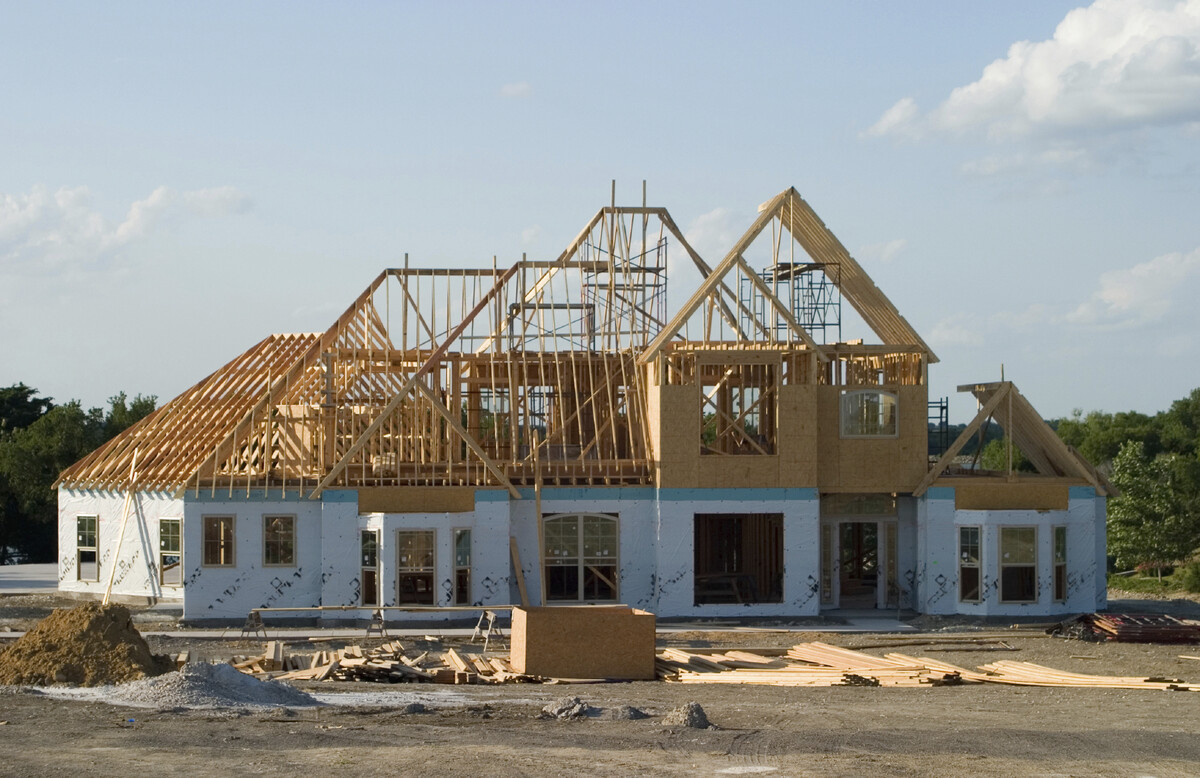
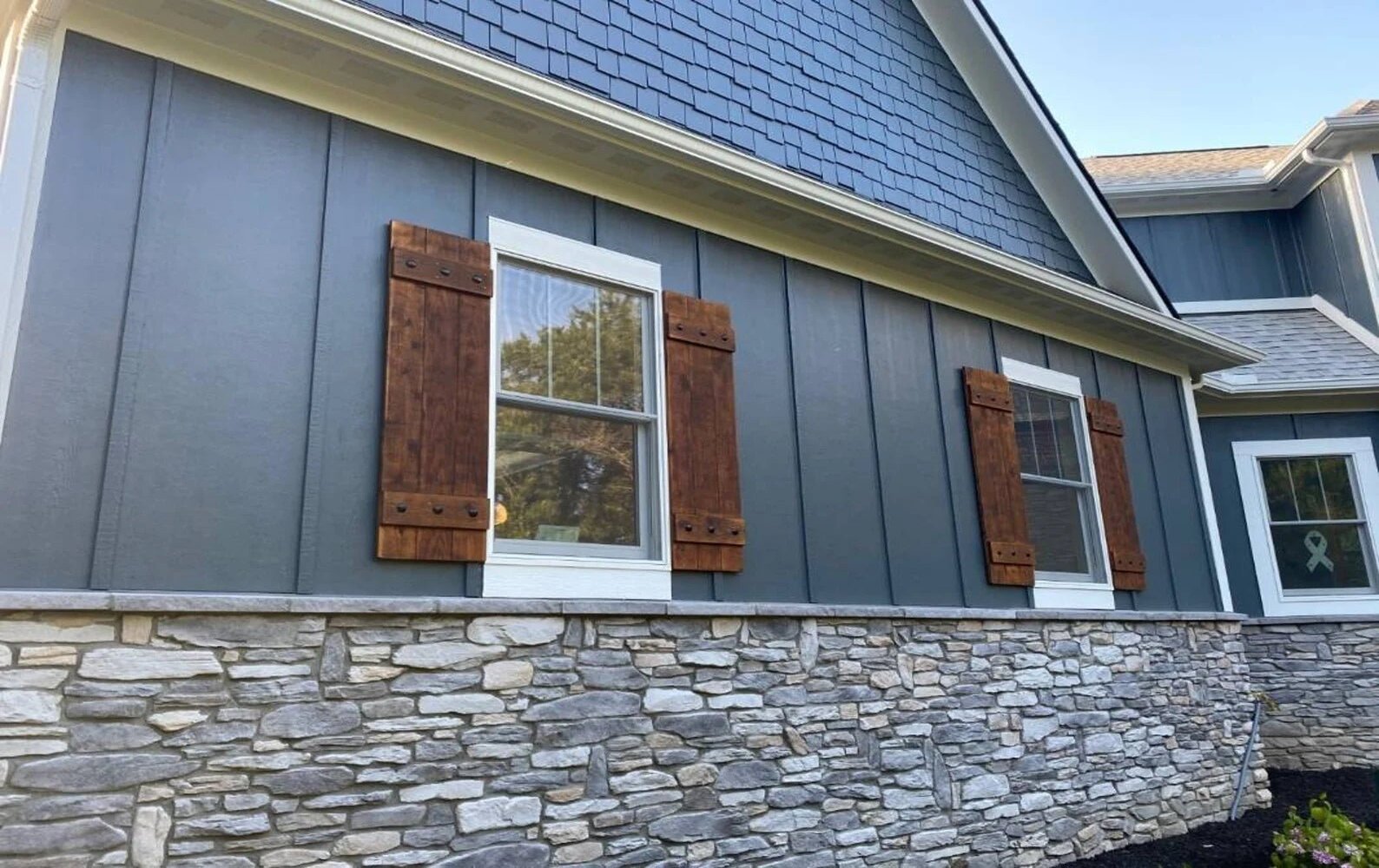

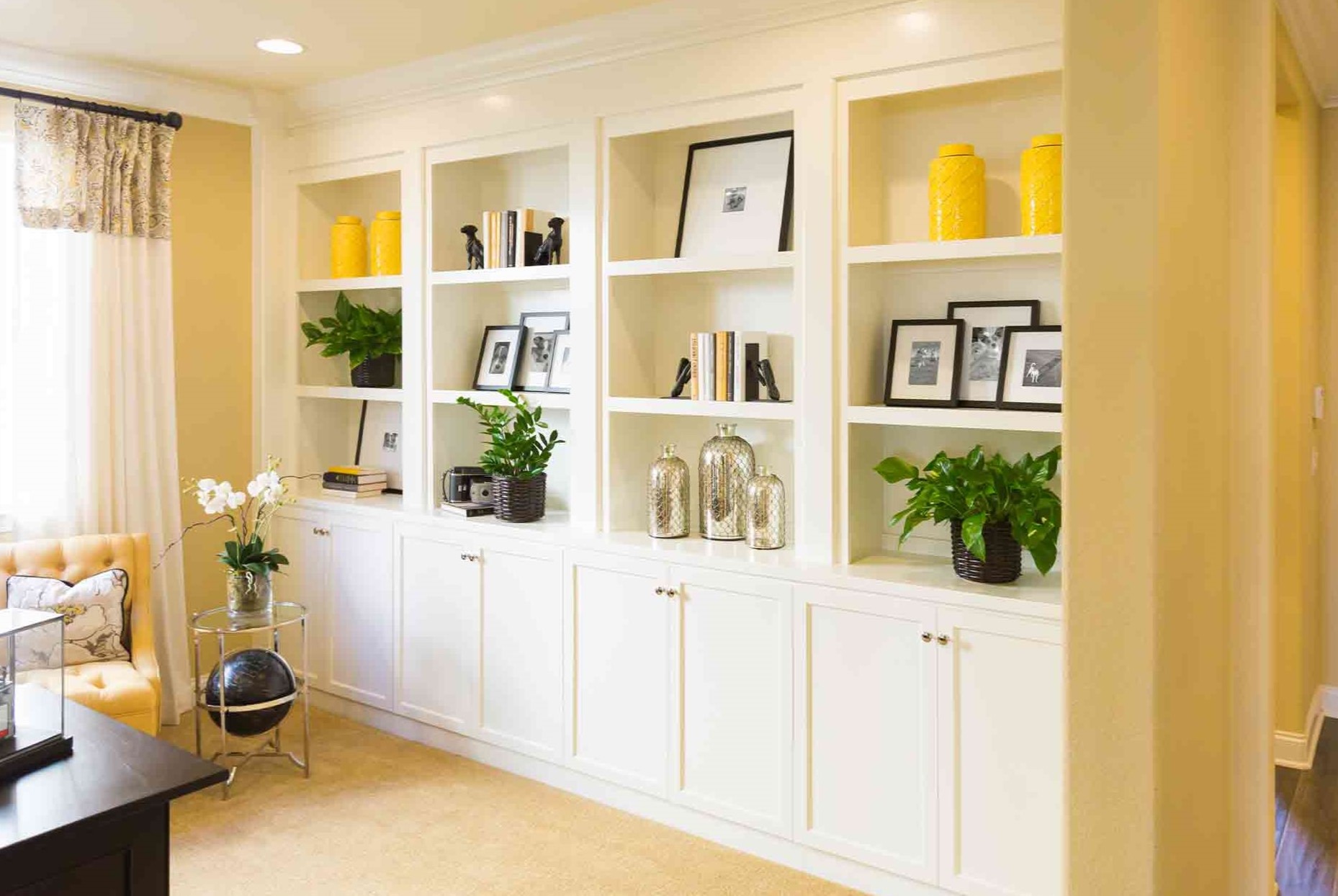


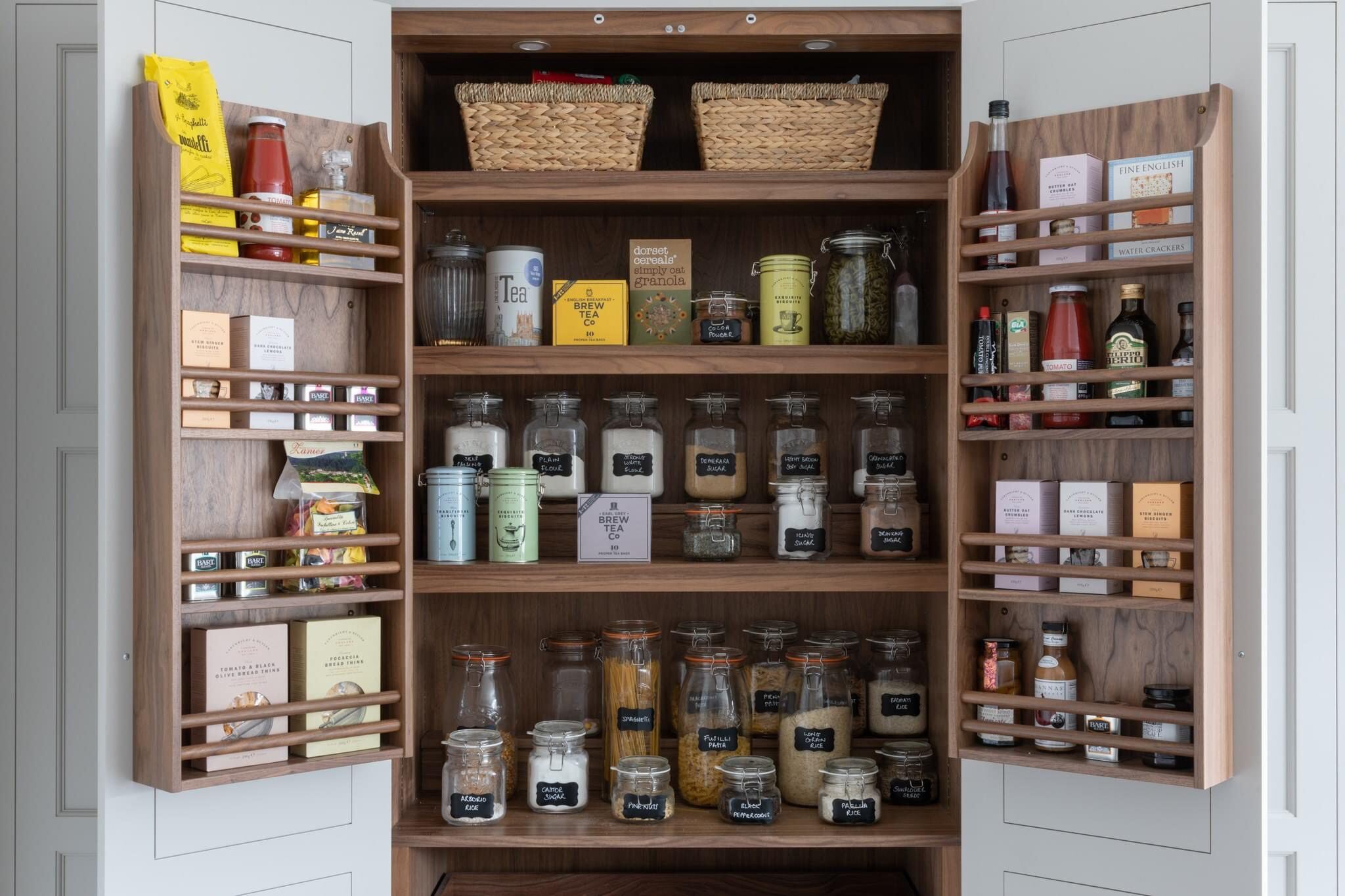
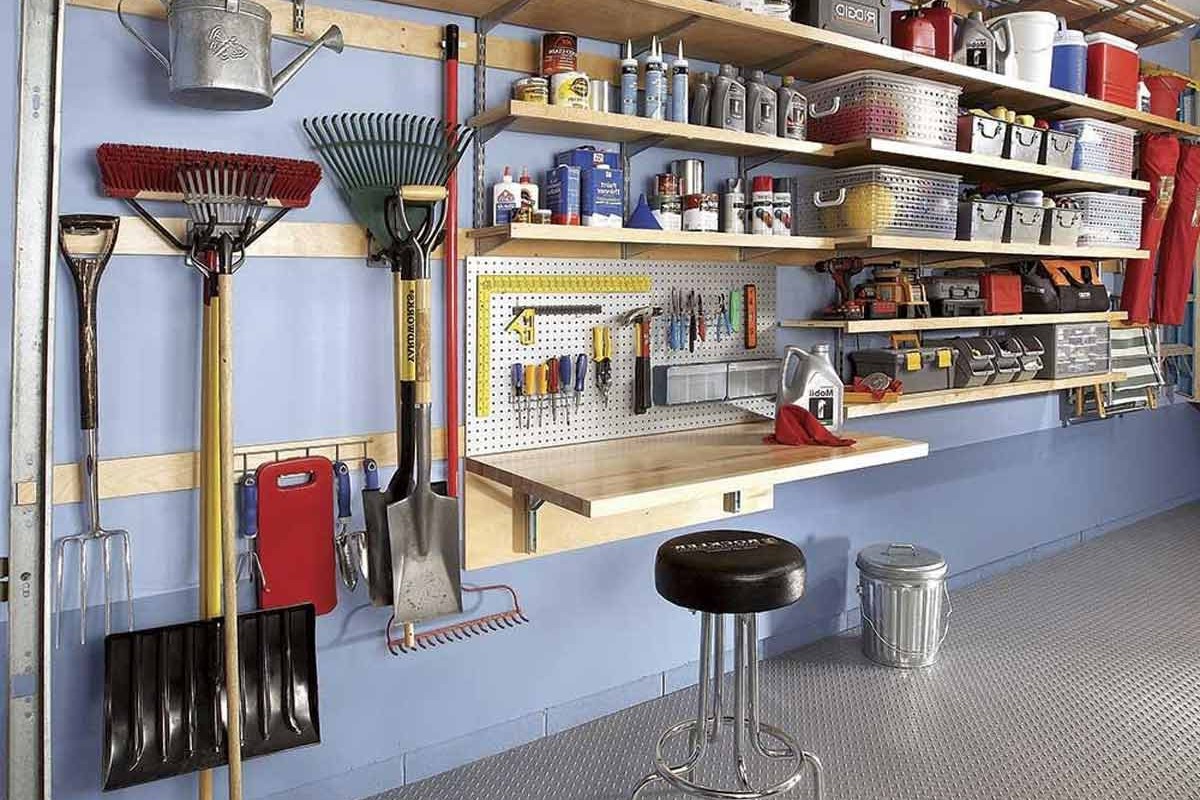

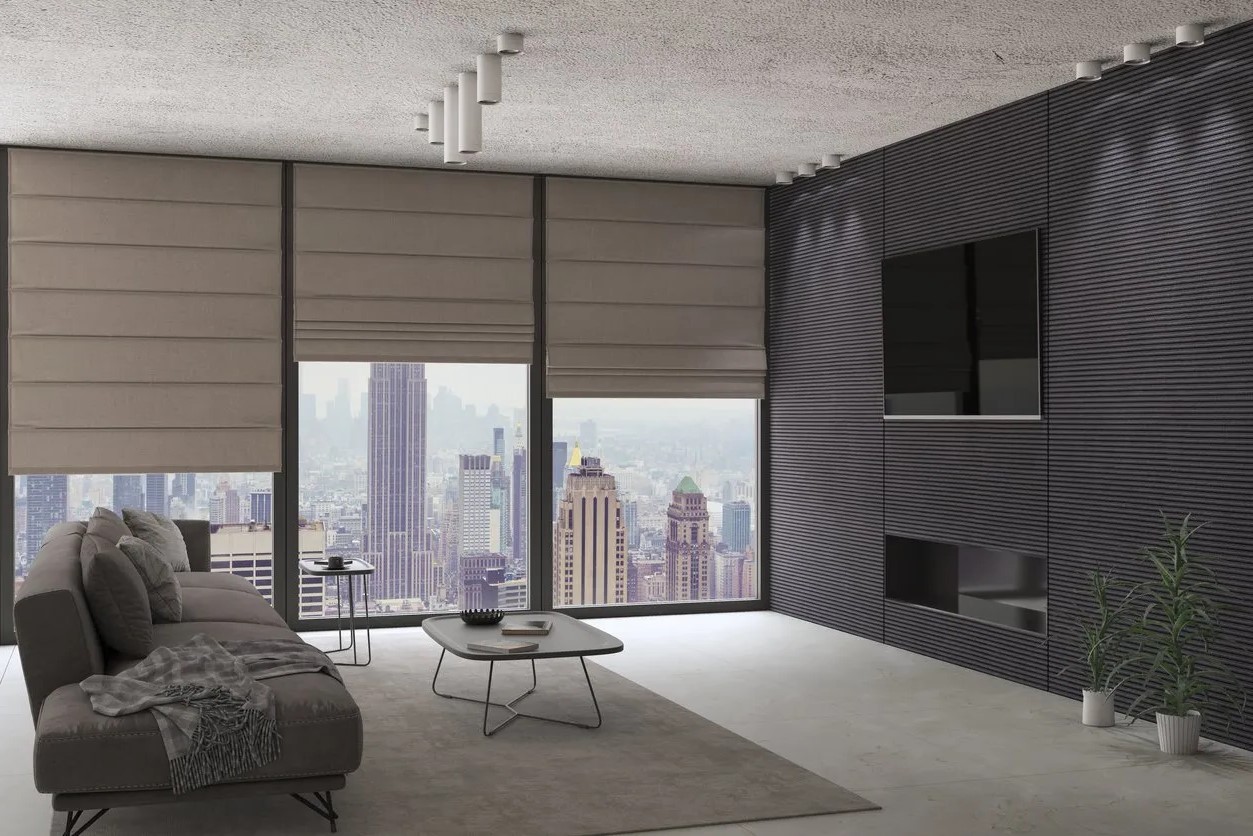

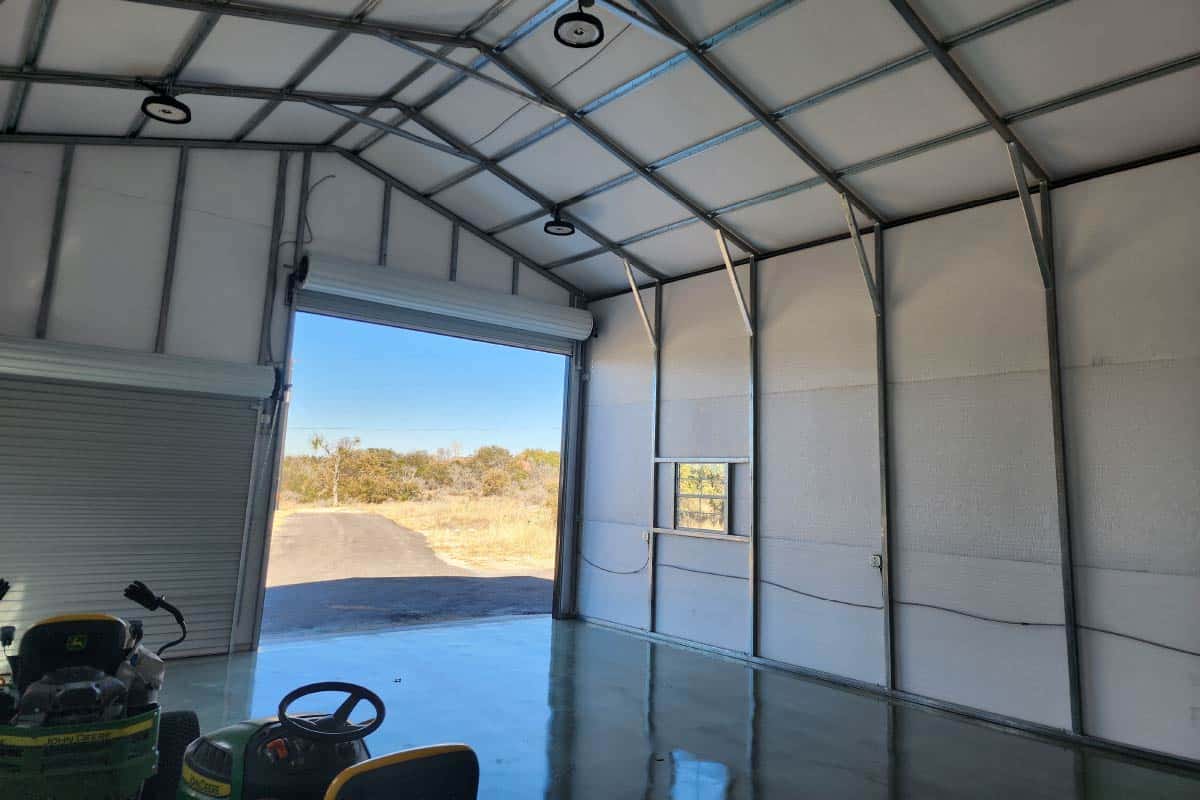
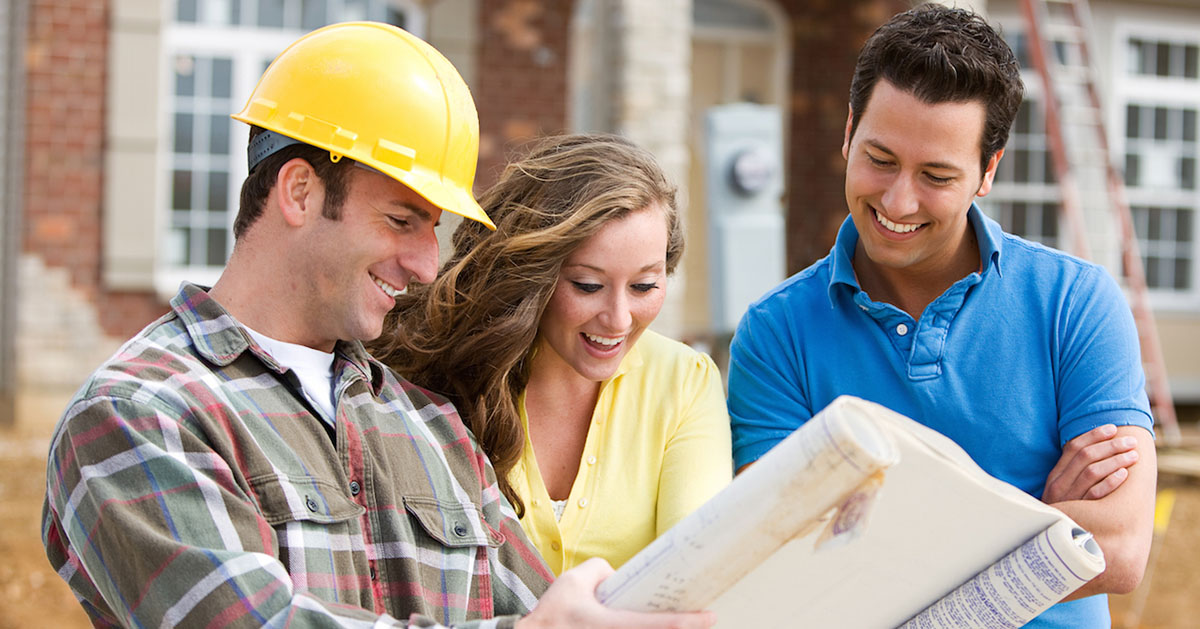

0 thoughts on “What Is The Process Of Building A Custom Home”